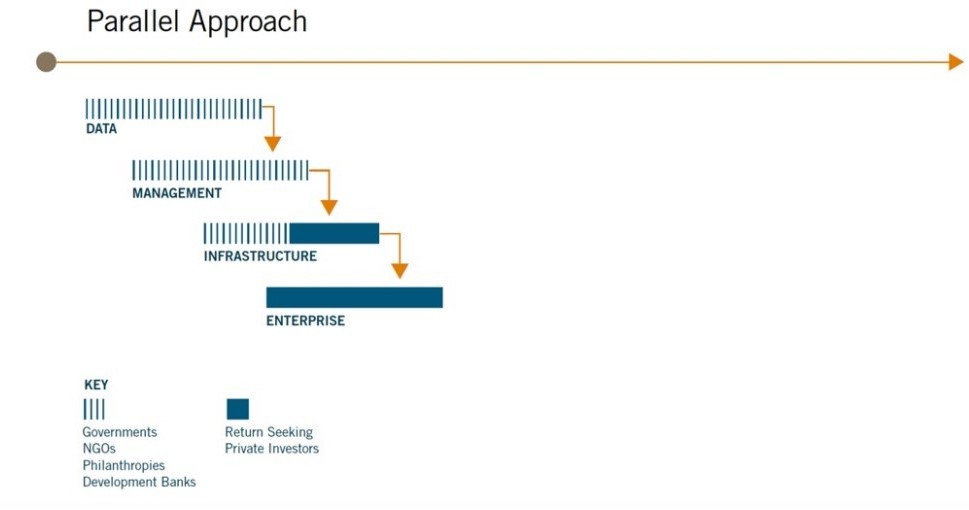How Poor Data is Holding Back Fisheries Reform AND Impact Investors
The Problem(s)
Poor management of fisheries is calculated to result in losses of USD $83 billion to the world economy each year. As cited in many other fisheries papers, data indicates an alarming proportion of fisheries, nearly 90 percent in 2013, are fully overfished, depleted or recovering, an increase from 75 percent just eight years prior. Investments in fisheries could provide net benefits of USD $54 billion per year.
If developing countries fisheries are to continue their role as a primary source of protein and income for millions, more than just public and philanthropic money must be invested in recovery and management. Reform needs private capital. Unfortunately, there is a dearth of investable, risk-adjusted entities in sustainable fisheries that can meet triple bottom line goals. This then hampers participation of impact investment capital. Simply put, although there are investors with money, there are not nearly enough viable entities in which to invest. This challenge is further compounded by poor data.
The Role of Data for Management and Investment
Often bypassed in fishery initiatives, capturing good data is critical to both fisheries management and investment. Among other data points, management requires data about size, sex, species, nursery areas and seasonality to be able to manage the fishery to ensure continuity of the resource. Investors need to be able to assess risk to their prospective investments. For fisheries, this means understanding how well the fishery will perform in the future, i.e., whether there will be more fish in the sea and how many. Management data and investment data go hand-in-hand.
Indeed, in “Towards Investment in Sustainable Fisheries”, the three key enablers of sustainable and profitable fisheries are secure tenure, sustainable harvests, and robust monitoring and enforcement, each of which relies on robust data. Investable entities and risk management are key requirements for investment that build off these enablers. Encourage Capital’s strategy for small-scale seafood investments also relies on interventions driven by data, including catch accounting systems, and product tracking and traceability.
Lack of data is identified as one of the major concerns with regards to stock health and effective resource management in the major domestic and export fisheries of Indonesia, the number two producer of wild-caught fish in the world. Indeed, for industry, the lack of clear recommendations and supporting data is a significant issue from a decision-making perspective. This lack of data and analysis directly affects efforts to build consensus and accountability at all levels of the value chain.
Stay Tuned…
Data is critical to ensuring food security and income through better managed fisheries and investments thereto, which is why data collection, analysis and sharing is one of the focus areas of our work in Indonesia. Follow us to see our next post, where we share what we’re working on in to get better data in Indonesia.




